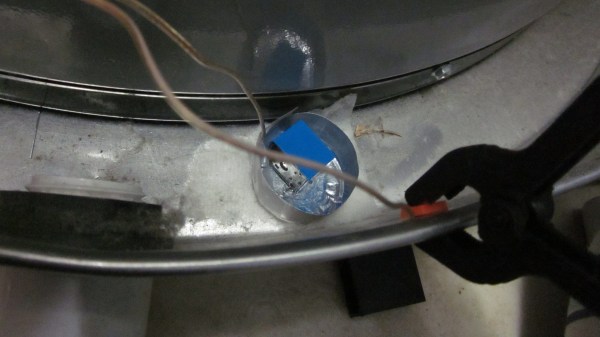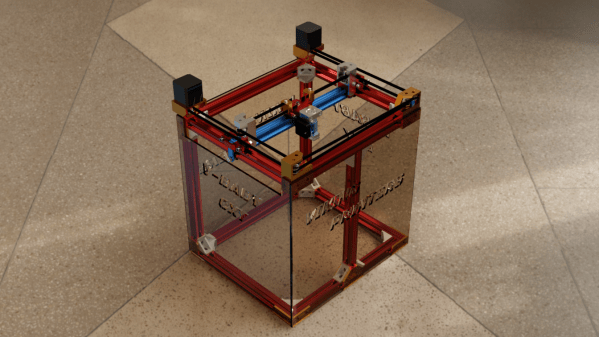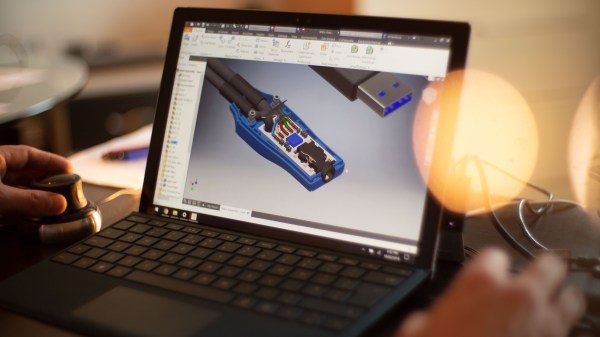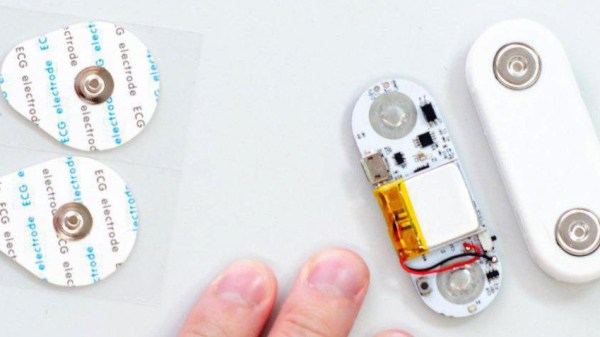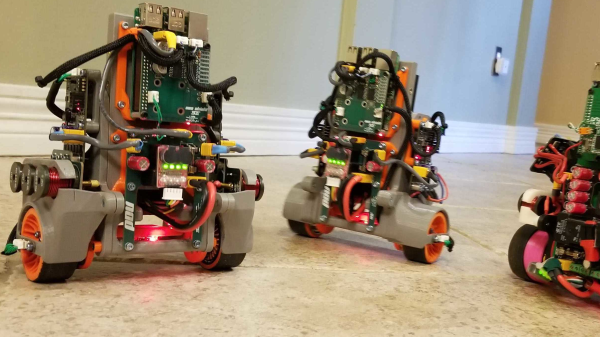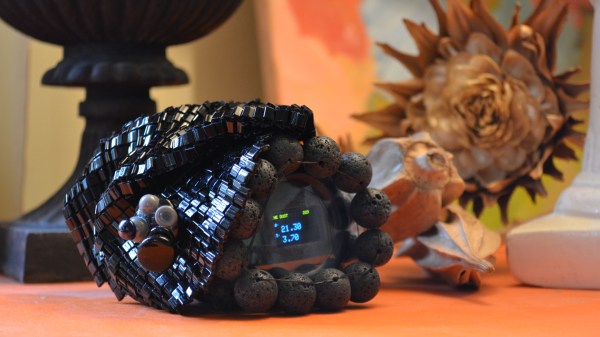[mcu_nerd] is like any engineer, which is why his problem of an occasionally leaky water heater sure looks like a research project with no end in sight. Sure there’s probably a commercial product out there that can be had for half the cost and a few clicks of the mouse, but what’s the point in actually solving the problem?
His log starts with research into detecting low battery voltages. Then it was a quick exploration in designing low-power circuits. When the Flexible PCB contest came along, he realized that there was a chance to design a better electrode, and he ended up winning one of the vouchers; which is where he’s at now.
It’s definitely a work in progress, and if anything it’s just a quick five minute read and an opportunity to commiserate with another wayward soul. We do like his clever use of a tealite candle tin as both the second electrode and case for his water detection circuit. There are also some KiCad files and code.

